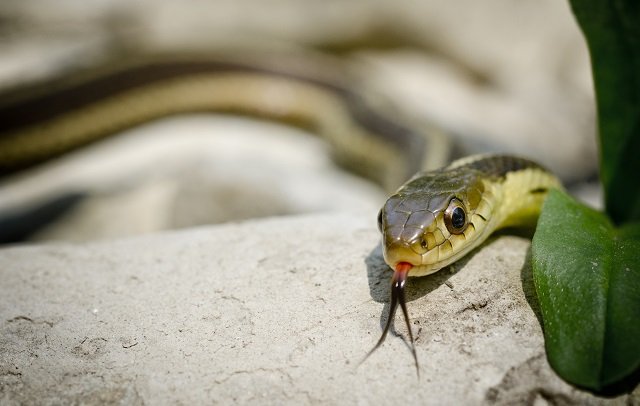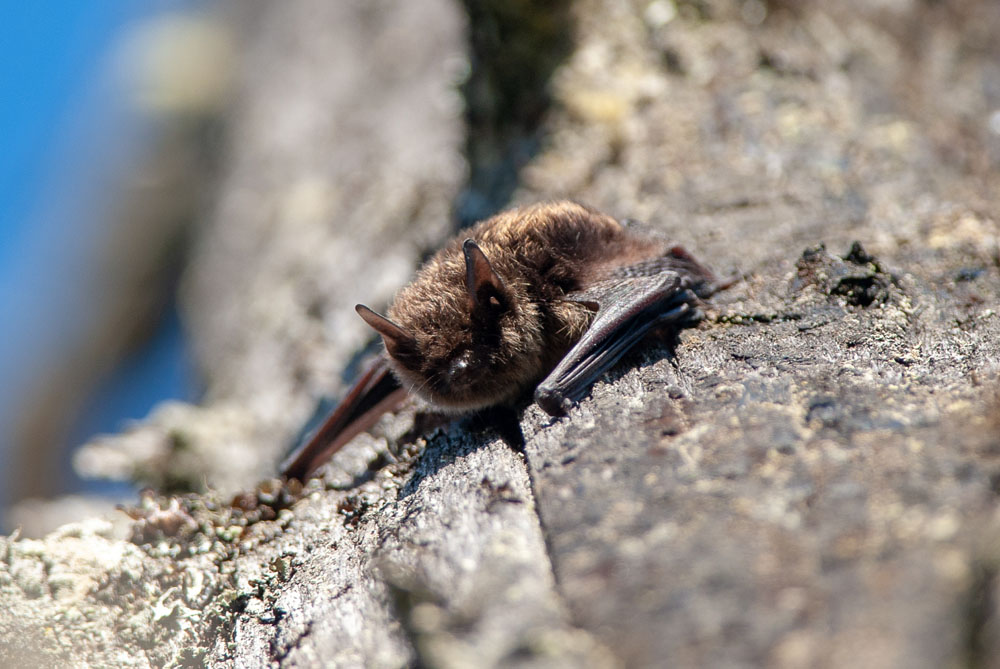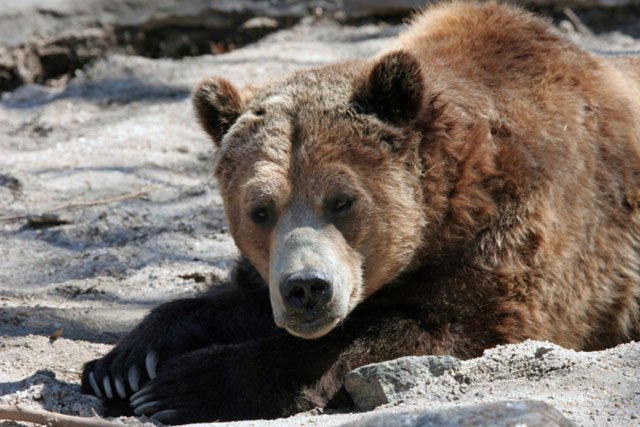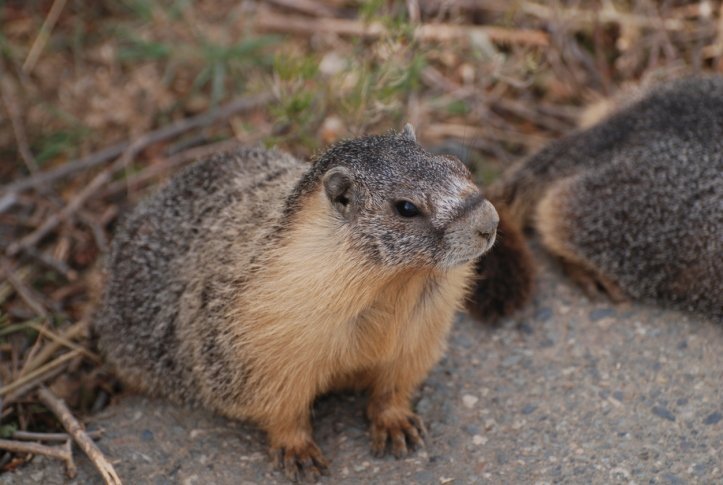At Earth Rangers, we’re big fans of saving energy but we know that once it gets cold out, it’s very tempting to turn up the heat. Rather than turning it all the way up, we want you to keep it as low as you can to help you save energy.
Not sure how you’re going to be able to survive the cold? Look no further than nature for some inspiration! Check out these animals that power down every winter to save energy.
Bumblebees

When the temperature drops, male and worker bees die off but the queen survives by hibernating. She hibernates in a hole in the soil, in rotten tree stumps or under leaf litter. She will emerge 6-8 months later, warm-up and then find a nice spot to build a nest and create a whole new team of bees.
Garter Snakes

Unlike the bumblebee queen, who hibernates alone, garter snakes hibernate in groups. In Canada, where winters are exceptionally cold, there can be hundreds and sometime thousands of snakes grouped together for warmth. Once spring arrives and the snow melts, they head out of their winter homes to bask in the sun. It’s quite a sight to see!
Bats

When bats are left alone, they can be some of the longest hibernators in the animal kingdom. In the wild, big brown bats have spent 64-66 days in hibernation while in captivity one lasted an incredible 344 days! These little guys don’t have to eat but they do wake up to drink. Their heart rate drops from 1000 beats per minute to only 25, and some bats only take a breath every 2 hours.
Bears

Only four species of bear hibernate: American black bear, Asiatic black bear, brown bear and polar bear. These furry mammals don’t hibernate in the true sense because their body temperature only drops a little bit and they can wake up at any moment. During hibernation a black bear’s heart can drop from 40-50 beats to 8 beats per minute and they can last as long as 100 days without eating or drinking!
Alpine Marmot

Marmots hibernate for up to 8 months! They spend the four months they are awake having babies and preparing for the next hibernation. During hibernation they take only 2-3 breaths a minute and their heartbeat slows down from their normal 120 beats to 3-4 beats a minute!
Just like the animals we looked at in the summer, the animals on this list take being energy efficient to a whole new level! The survival of many animals and plants depends on their ability to only use energy when they need it. The same is true for us humans—the better we are at using the energy in our homes wisely, the healthier our planet will be.
Be inspired by these energy-saving animals and go save energy at home!
Generously sponsored by:

Sources:
Burger, Joanna. Whispers in the pines. Rutgers University Press, 2006-03-20: Page 217.
Carwardine, Mark. Animal Records. New York, NY: Sterling Publishing Company, Inc., 2008: Page 29-30.
Robinson, William H. Handbook of urban insects and arachnids. Cambridge University Press, 2005: Page 229.
Roots, Clive. Hibernation. Page 127-128.
http://www.pbs.org/wgbh/nova/nature/bear-essentials-of-hibernation.html

We save hydro by unplugging chargers and using a smart thermostat
it’s cool and awesome.
I will surely protect these and help them
wow
all these animals are really cool
cool
I like to use my hrdro flask not plastic
super cool
theese animals are so interesting
i think we should help